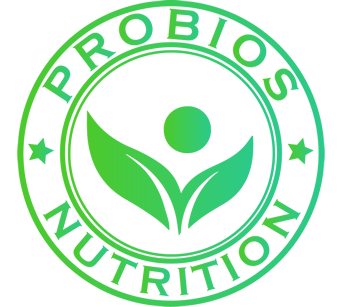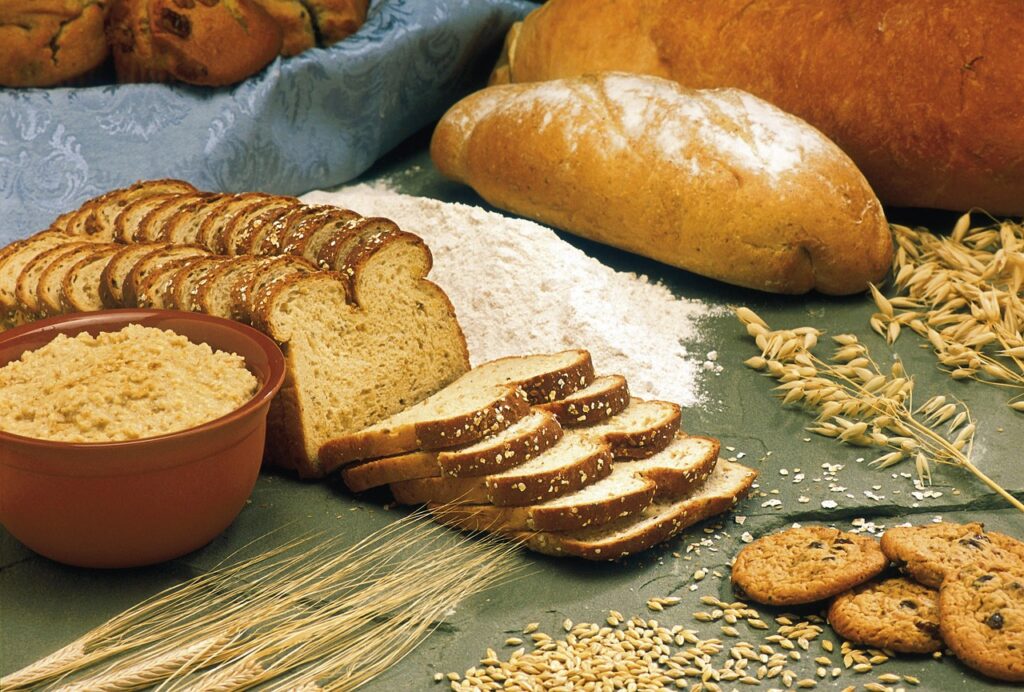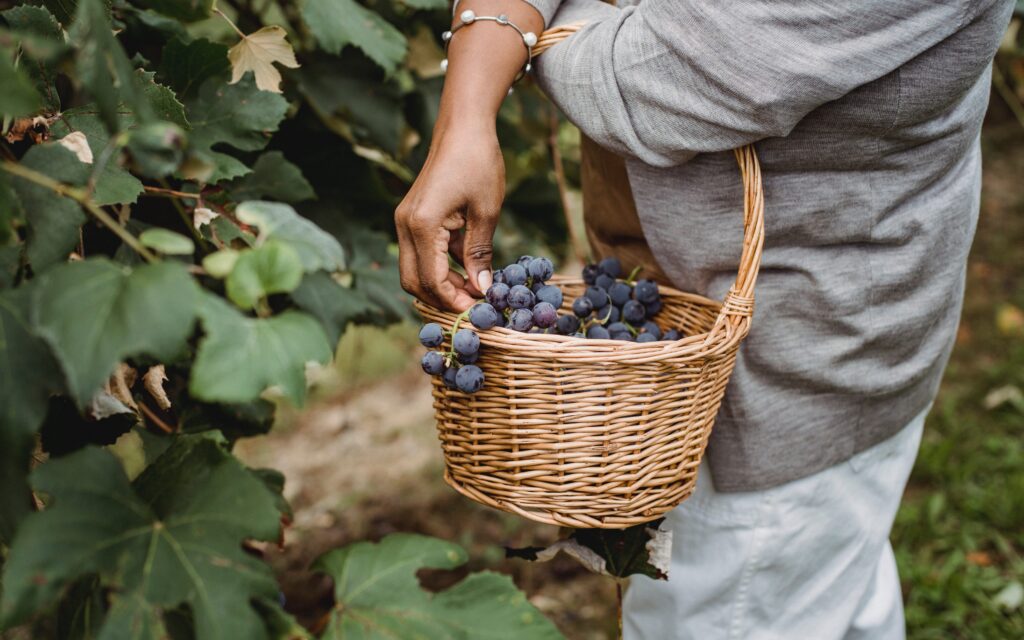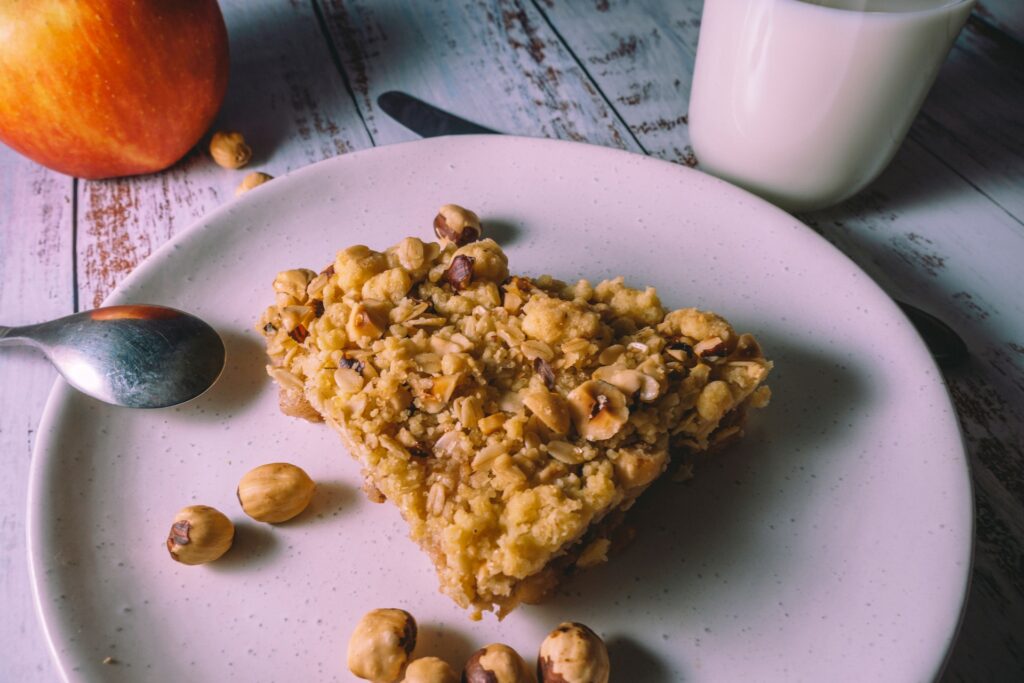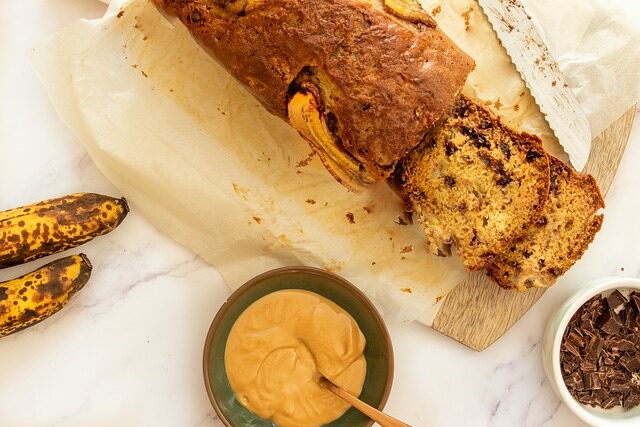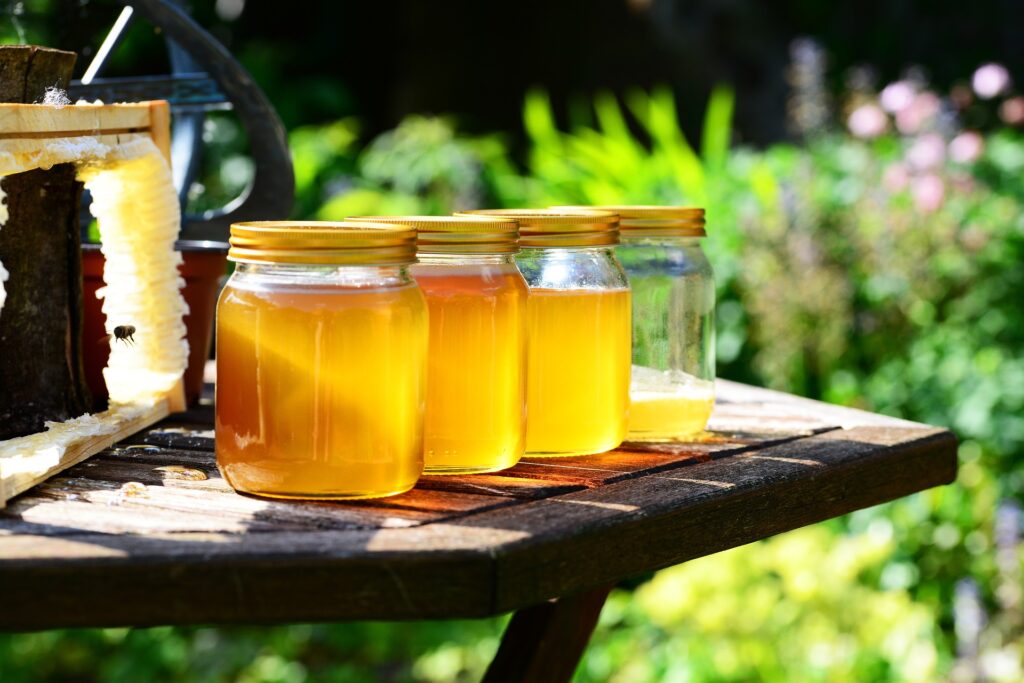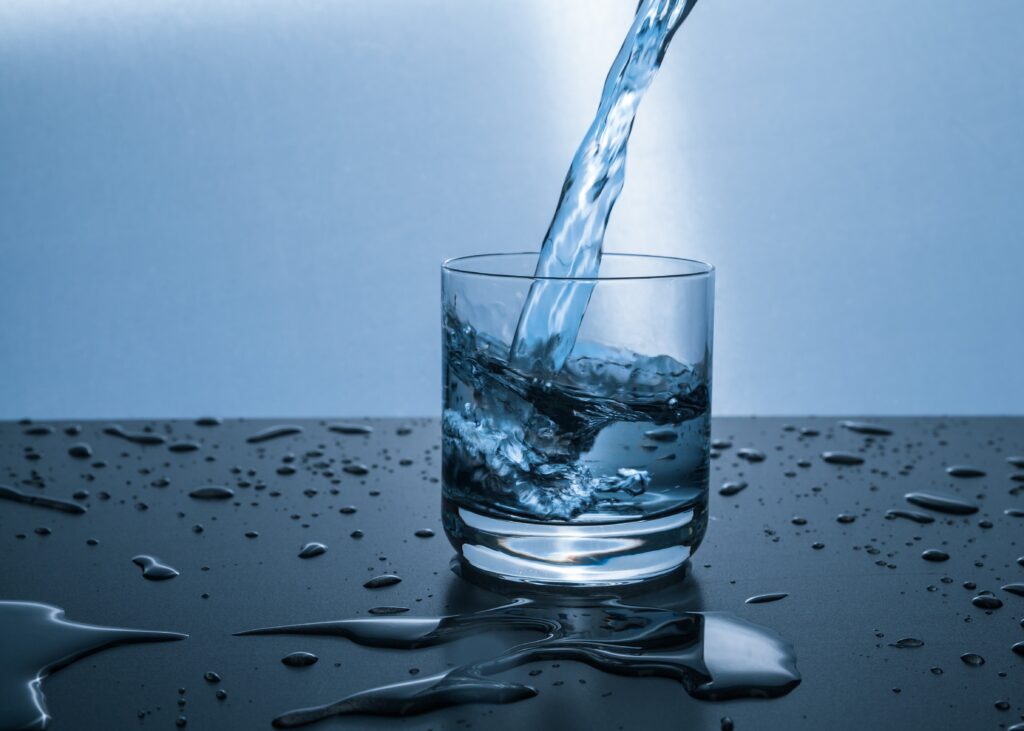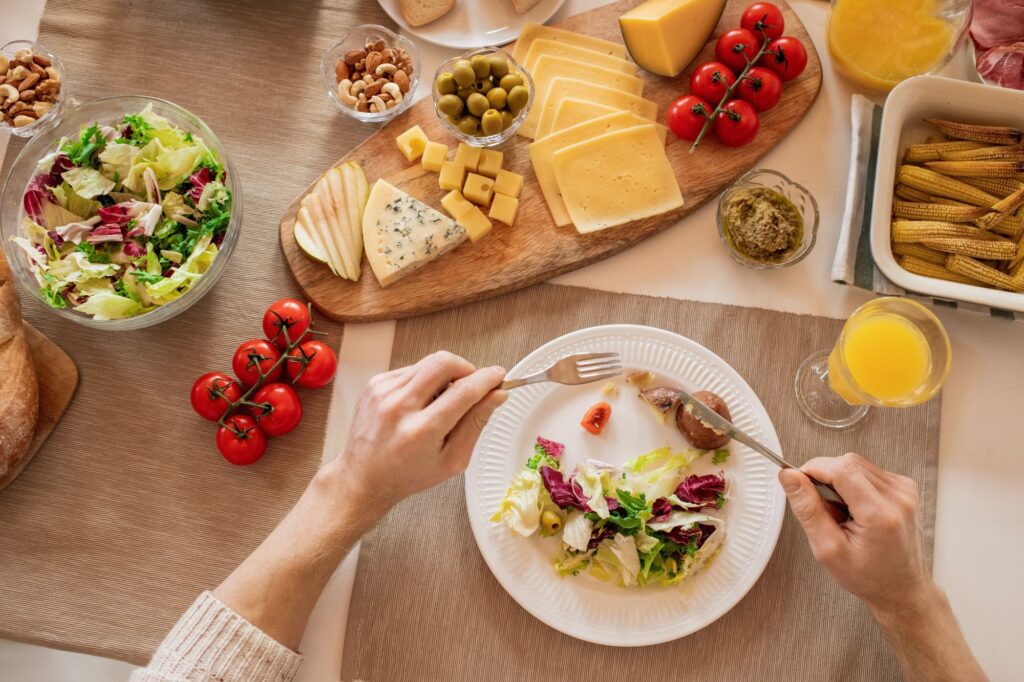Exploring Flour Options for a Healthier Cooking and Baking Experience
When it comes to cooking and baking, flour plays a crucial role in many recipes. But what if you’re looking to steer clear of white flour and explore healthier alternatives? Don’t worry; we’ve got you covered with some friendly guidance!
We all know how important bread and pastries are in our daily lives. If you’re into healthy eating, you’re probably a fan of whole grain bread. However, finding genuinely whole grain options can be a challenge. Simply because a bakery product is labeled as “dark” or “fitness” doesn’t necessarily mean it’s made from whole wheat flour. To earn the “whole grain” label, a product must contain at least 70% whole grain flour. Terms like “cereal” or “multigrain” can be misleading, often just indicating added food coloring and seeds. So, it’s crucial to decipher food labels and be aware of these “hidden” food names.
White flour, in comparison, only includes the inner part of the grain, missing out on all the valuable nutrients like vitamins, minerals, fiber, proteins, and more found in the whole grain. The outer seed shell is a treasure trove of nutrients, including group B vitamins, fiber, protein, vitamins A, D, E, and various minerals. Whole grain flours retain all these nutrients, including the fiber-rich bran. When shopping for whole grain flours, consider going organic to avoid surface contamination, as the outer layer is used.
Spelt flour, with its higher gluten content, is a great alternative for cakes and traditional baking when you’re accustomed to working with white flour. On the other hand, rye flour is denser and has lower gluten levels, making it an ideal companion when mixed with spelt flour.
Buckwheat flour, despite its robust flavor, can be incorporated into your cake and bread recipes. Adding just a third of the total flour content won’t significantly alter the taste.
For those with celiac disease or gluten intolerance, gluten-free flours are a blessing. There’s a wide variety to choose from, including cassava, buckwheat, rice, amaranth, chickpea, poppy, sesame, almond, chestnut, hemp, and wheat flours. Mix and match these flours as needed to create your custom gluten-free blend or use them in standard recipes for bread and cakes.
Chestnut flour is perfect for unleavened cakes, and you can blend it with rye and spelt when baking bread. Almond flour, crafted from ground almonds, makes an excellent low-carb substitute, boasting healthy fats, protein, and fiber. It’s a fantastic choice for desserts and bread.
Coconut flour, made from dried coconut, is another top-notch alternative to white flour. It’s rich in fiber, proteins, and healthy fats, and it brings a unique flavor to desserts and exotic dishes (my muffins and banana bread swear by it!).
Amaranth flour is fantastic for baking treats, especially for kids. It’s gluten-free and aids digestion thanks to its fiber content. Oatmeal is another gem, packed with fiber and more protein than regular flour. It has a mild taste and works beautifully in pastries, pancakes, and porridge.
You see, there are plenty of healthier options to replace white flour in your cooking and baking adventures. Whether you lean toward whole grain flours, gluten-free alternatives, or high-protein options, the culinary possibilities are endless. So, don’t be afraid to experiment and discover the new horizons in your kitchen.
Making the switch to flour substitutes comes with numerous benefits, including higher nutrient content, increased fiber, and more protein. These flours can help stabilize your blood sugar levels and promote a healthier lifestyle.
Most of the time, you can use these substitutes in various recipes. However, keep in mind that each one has its unique qualities that can influence the texture and taste of your dishes. Don’t hesitate to get creative and adjust as needed.
You can find flour substitutes at health food stores or online, and if you’re feeling adventurous, you can even prepare them at home using a flour mill. Happy baking!
